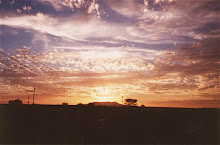So how do we define poverty?
Is it subsistence? Do I have access to enough food to survive?
Is it the basics? Do I have access to housing and shelter?
Is it income? Do I have disposable income?
The measure the U.S. uses is based on a formula devised by Mollie Orshansky in 1963. Basically, it states that a family of three that spends at least 1/3 of their income on food is living below the poverty line.
Mollie felt that this definition was excluding a great number of people who live in poverty but the U.S. government adopted it anyway. 43 years later, with essentially no changes, it is the formula we still use. It doesn't take into account the cost of housing, the cost of heating, regional differences in cost of living, etc.
Everyone (including Mollie) agrees that it is an inaccurate definition of poverty. And yet we still use it. Why?
Because politicians, on both sides, are scared of what we would learn if we accurately defined the number of people living in poverty in the United States. With the exception of John Edwards when is the last time a politician made poverty a central aspect of his or her campaign?
Think about it. How many people in the U.S. are living in poverty? It is a question few people want answered.
In related news, last night the House of Representatives passed a bill that linked raising the minimum wage to the permanent cutting of the estate tax, a cut that would favor the richest .01% of the country.
Saturday, July 29, 2006
Subscribe to:
Post Comments (Atom)


No comments:
Post a Comment